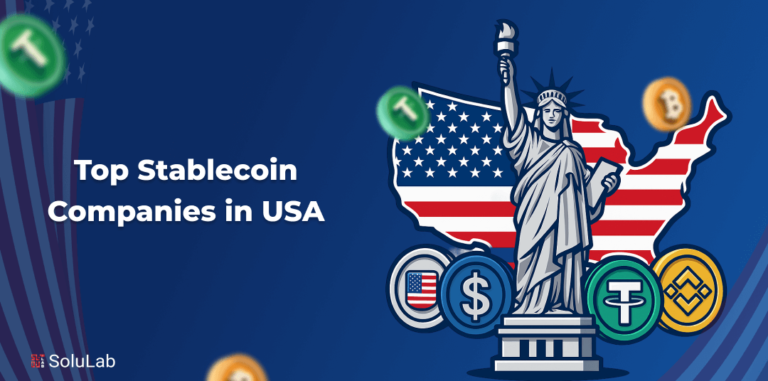This year I quit my job at Amazon Web Services, created a top 150 all time volume NFT collection, and started a software company called UTILITI, building the first web3 application platform.
These days I spend most of my time consulting game studios, enterprises, and consumer brands about how to think about implementing web3 & NFTs in a value-added way.
Here are a few of the cool things we’re working on for household names.
- A digital loyalty app that also serves to identify counterfeit products.
- A disruptive mobile game that can onboard mainstream users seamlessly, and makes NFT ownership a bonus, rather than a premise.
- A geo-fenced loyalty token airdrop application that drives foot traffic.
- Quite a few RPGs that allow players to earn upgrades to the visual appearance of their character avatar NFTs.
The common theme between all these implementations is that they’re not focused on selling NFTs directly to users who are expecting an arbitrage opportunity. In other words, the paradigm is starting to shift.
In the early days of 2021 when public interest and demand for NFTs and metaverses massively outpaced the number of people capable of creating them, the general public came to know NFTs as overpriced monkey JPEGs and digital land selling for hilariously inflated prices.
You can also read : What You Need to Know About Investing in Tokenized Real Estate
GME, AMC, and DOGE traders flocked into NFTs expecting the next 1000x. Shitty businessmen and outright scammers sold them and became rich. Once again the mainstream came to know yet another blockchain implementation as a clownish unregulated financial instrument, except this time some celebrities bought them, and some companies sold them.
The true value of blockchain technology was missed, in this case the potential for tangible ownership of intangible digital assets as a consumer benefit.
That is what we’re working with businesses to unlock.
Instead of selling NFTs to their already over-monetized customers, brands should instead seek to give them freely in exchange for specific actions, aiming to provide sentimental and exclusive value to their best customers.
Instead of encouraging investors to purchase in-game assets well before a game release, game studios should drop them for free to build a community of early users and feedback providers to inform their roadmaps.
Enterprises should seek to hand out NFTs to better engage and understand the top 10% of their customers who create 50+% of their revenue, turning communities of holders into customer focus groups.
You can also read : Blockchain in real estate: How technology is changing the industry
The trick is to rethink from first principles how to leverage this concept of bestowed digital asset ownership that’s beginning to permeate into the collective psyche in a way that benefits your target customers — bonus points if you can attract the massive web3 native audience.
If your goal is to sell an NFT to bootstrap a project then you should use the funds you raise to provide exclusive value and experiences for the community of holders you create no matter what.
Obviously more practical implementations like insurance claim settlement, supply chain tracking, and anti-counterfeiting are unlocked by blockchain technology, but I’m personally most excited about the way this concept of digital asset ownership through NFTs can blend with a framework for decentralized (non-value extractive) platforms to create holistically improved user experiences. More on that later.
We’re already starting to see DeFi eat banks, and I believe creator platforms are next. There’s a reason Linux powers the most virtual machines in the cloud.
Credit : Medium




